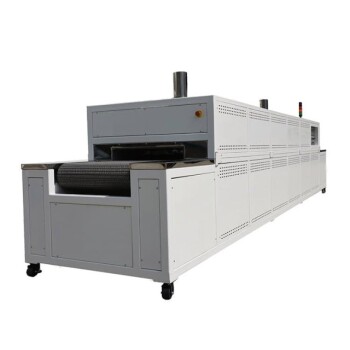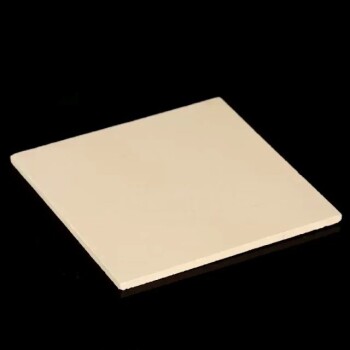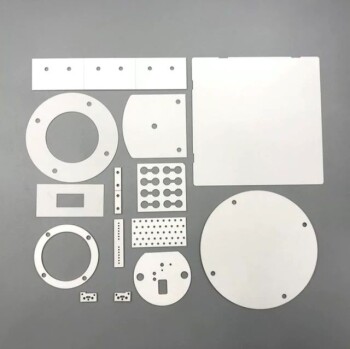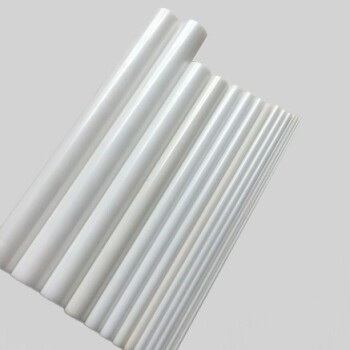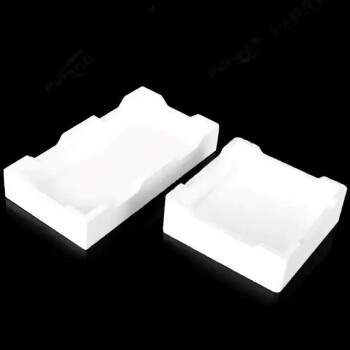Importance of Zirconia Sintering in Dental Restorations
Emergence of New Zirconia Materials
The advent of advanced zirconia materials has revolutionized the field, particularly in dental and orthopedic applications. Yttria-stabilized zirconia, for instance, stands out due to its exceptional thermal resistance, low thermal conductivity, and robust chemical stability. This material's high fracture strength and biocompatibility make it ideal for demanding applications such as dental implants and hip joint replacements. Over the past decade, yttria-stabilized zirconia has been extensively used in orthopedics for hip joint heads and in dentistry for implants, abutments, inlays, onlays, and crowns.
Zirconia's polymorphic nature, existing in monoclinic, tetragonal, and cubic allotropes, further enhances its versatility. Notably, the tetragonal form, though metastable at room temperature, undergoes a transformation to monoclinic zirconia under external stresses like sandblasting, grinding, and thermal aging. This transformation, accompanied by a 3-4% volume expansion, induces compressive stresses that effectively close crack tips, preventing further propagation. This unique property makes zirconia superior to other dental ceramics, offering enhanced durability and reliability in critical applications.
The development of these new zirconia materials has significantly amplified the role of sintering processes in determining final product quality. Unlike traditional materials, the sintering of these advanced zirconia variants requires precise control over temperature, atmosphere, and cycle times to achieve optimal mechanical and aesthetic results. As a result, the impact of zirconia sintering on product outcomes has become increasingly pronounced, necessitating advanced furnace technologies and meticulous process management.
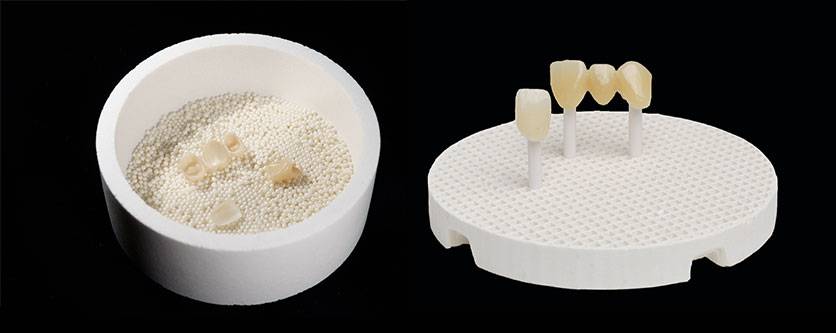
Optimal Aesthetic Results with Material Properties
Achieving optimal aesthetic results in the sintering of new zirconia materials is a pivotal goal, particularly in the realm of dental restorations. The interplay between material properties and the sintering process is crucial, as it directly influences the final appearance and functionality of the dental prosthetics.
To delve deeper, consider the following key factors that contribute to the aesthetic outcomes:
-
Material Composition: The chemical and physical properties of zirconia, such as its crystal structure and grain size, play a significant role. For instance, monoclinic zirconia tends to exhibit a milky white appearance, while tetragonal zirconia can achieve a more translucent and natural look.
-
Sintering Conditions: The temperature, pressure, and duration of the sintering process are critical. Optimal conditions can lead to the formation of a dense, crack-free ceramic with superior mechanical properties and enhanced translucency.
-
Surface Finish: Post-sintering treatments, such as grinding and polishing, can further refine the surface finish, reducing any visible defects and enhancing the overall aesthetic appeal.
The table below summarizes the typical sintering conditions for different types of zirconia materials:
| Zirconia Type | Sintering Temperature (°C) | Sintering Time (hrs) | Grain Size (µm) |
|---|---|---|---|
| Monoclinic | 1450-1500 | 2-3 | 0.5-1.0 |
| Tetragonal | 1500-1550 | 3-4 | 0.3-0.5 |
| Yttria-Stabilized | 1550-1600 | 4-5 | 0.2-0.4 |
By carefully balancing these factors, dental professionals can achieve zirconia restorations that not only meet functional requirements but also deliver exceptional aesthetic results.
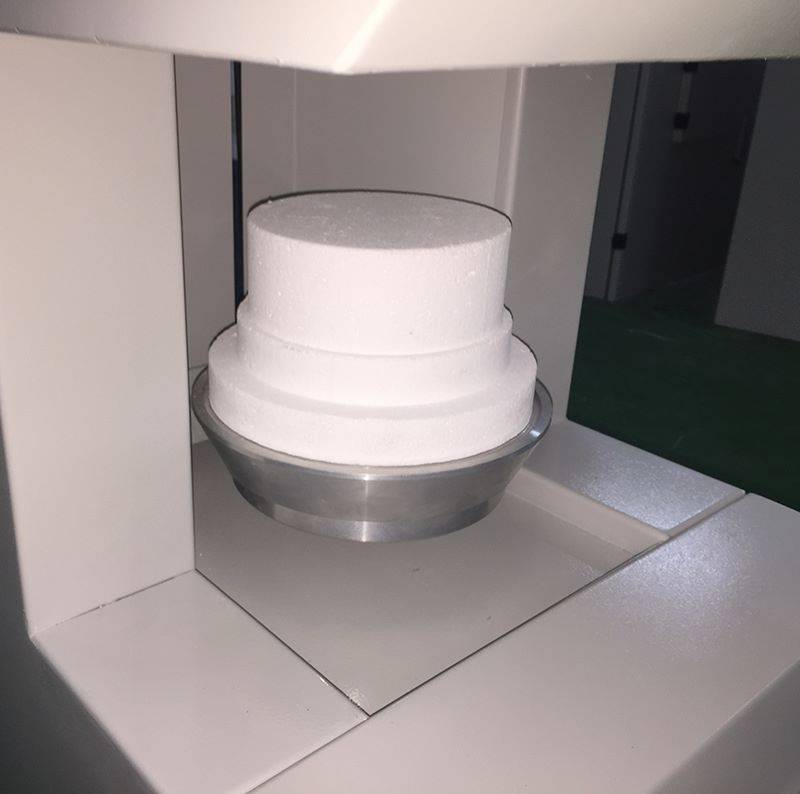
Sintering Process and Furnace Components
Understanding the Sintering Process
Before we delve into the intricacies of the sintering furnace, it's essential to grasp the fundamental stages of the sintering process. This process begins with the raw material, typically in powder form, which is shaped and compacted to ensure uniformity and eliminate voids. The compacted material is then subjected to controlled heating within a sintering furnace. The temperature regulation is crucial; it must be high enough to facilitate particle bonding without causing complete melting. During this heating phase, particles undergo diffusion, leading to the formation of necks and densification.
The sintering process can be broken down into several key steps:
- Material Preparation: The raw material, usually a powder, is shaped and compacted to form a uniform structure.
- Heating: The compacted material is heated in a controlled environment, typically below the melting point of the constituent materials.
- Diffusion and Bonding: During heating, particles diffuse and bond, forming necks and increasing the material's density.
- Cooling: The sintered product is cooled, solidifying into a rigid and cohesive structure.
Understanding these stages is vital for controlling factors such as multiple atmospheres in the chamber, insulation, heating devices, contaminants, program control, and repeatability. Each of these elements plays a critical role in ensuring the quality and consistency of the final product.
Sintering Accessories and Contaminants
When discussing sintering accessories, particularly closed or covered trays, it's essential to understand their role in maintaining the integrity of the sintering process. Manufacturers often recommend the use of closed trays, as opposed to open ones, primarily due to their ability to mitigate the ingress of contaminants. These contaminants, often introduced through the dye solution, can lead to chamber deterioration and, more critically, cross-contamination.
Closed trays serve as a barrier, preventing the infiltration of harmful elements that could compromise the sintering environment. This is particularly crucial in dental applications, where the purity and consistency of the sintering atmosphere are paramount for achieving high-quality restorations. By minimizing the exposure of the materials to external contaminants, closed trays help ensure that the final product meets the stringent standards required in dental prosthetics.
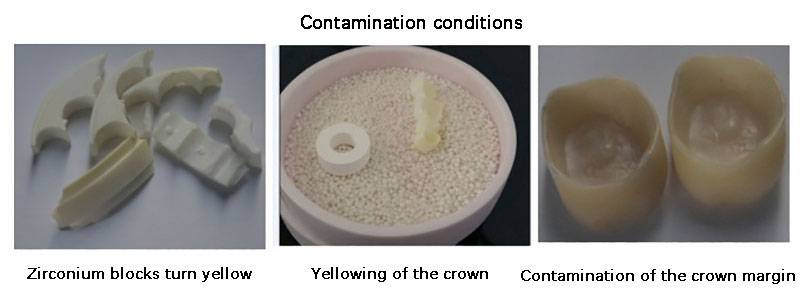
Moreover, the use of closed trays is not just about containment; it also enhances the efficiency of the sintering process. By creating a more controlled environment, these trays allow for better temperature management and more predictable outcomes, which are essential for the repeatability and reliability of the sintering cycles. This controlled environment is a key factor in maintaining the longevity of the sintering chamber and ensuring that each batch of zirconia restorations is of consistent quality.
In summary, while open trays may offer some advantages in terms of accessibility and ease of use, the benefits of closed trays in terms of contaminant control and process efficiency make them the preferred choice in professional settings. This choice underscores the importance of meticulous attention to detail in the sintering process, where even minor contaminants can have significant impacts on the final product.
Heating and Positioning in the Furnace
When examining the intricacies of heating within the zirconia sintering furnace, the positioning of the tray plays a crucial role. The placement of the tray can significantly influence the temperature distribution within the crucible. Specifically, if the tray is positioned directly on the sintering table, it can result in a temperature differential of approximately 30°C between the crucible and the furnace chamber. This discrepancy is primarily due to the direct contact of the tray with the table, which can lead to localized heat loss or uneven heating.
To mitigate this issue, several strategies can be employed. One effective method is to use elevated supports or spacers that lift the tray slightly above the sintering table. This creates a buffer zone that allows for more uniform heat distribution. Additionally, the use of closed trays, as mentioned in the context of controlling contaminants, can also help in maintaining a more consistent temperature profile.
| Positioning Strategy | Temperature Impact | Mitigation Methods |
|---|---|---|
| Direct on Sintering Table | ~30°C Lower in Crucible | Use elevated supports or closed trays |
By carefully considering the positioning of the tray, furnace operators can ensure more precise temperature control, which is essential for achieving optimal sintering results. This attention to detail is particularly important in the context of zirconia sintering, where even minor temperature variations can significantly affect the final properties of the dental restorations.
Cycle Control and Repeatability
Cycle control is not just about setting a program; it's about ensuring that the program can be reliably repeated over time. Imagine calibrating a furnace today and running a specific sintering program. Will that program yield the same results tomorrow, next week, or even six months from now? This is where the concept of repeatability comes into play.
Repeatability in sintering is crucial because it directly impacts the consistency of the end product. If a furnace cannot maintain the same sintering cycle over extended periods, the quality of the zirconia dental restorations may vary, affecting both aesthetics and functionality. This variability can be attributed to several factors, including material degradation, changes in ambient conditions, and wear and tear on furnace components.
To address these challenges, modern sintering furnaces are equipped with advanced control systems that monitor and adjust parameters in real-time. These systems ensure that the sintering process remains consistent, regardless of external variables. For instance, thermocouples embedded within the furnace continuously measure temperature and relay this data to the control panel, allowing for immediate adjustments if the temperature deviates from the set parameters.
Moreover, regular maintenance and recalibration of the furnace are essential to maintain repeatability. This involves checking and replacing worn-out components, such as heating elements and insulation materials, to prevent any degradation that could affect the sintering cycle.
In summary, while cycle control is a fundamental aspect of sintering, it is the repeatability of this cycle that truly defines the reliability and effectiveness of a sintering furnace. By ensuring that the same sintering program can be consistently executed over time, manufacturers can guarantee the production of high-quality zirconia dental restorations with optimal aesthetic and functional properties.
Insulation and Thermocouple Design
High-Quality Hearth Insulation
High-quality hearth insulation is crucial for maintaining a consistent furnace temperature, which is essential for achieving optimal sintering results. This consistency is primarily achieved through the effective retention of high temperatures over extended periods. The insulation design in high-end furnaces often employs a layered, sandwich-like construction that incorporates two to three distinct insulation materials.
The innermost layer of this construction is typically the most heat-resistant, designed to withstand the extreme temperatures encountered during the sintering process. This multi-layered approach not only enhances thermal retention but also ensures that the insulation remains effective over prolonged periods, reducing the risk of temperature fluctuations that could adversely affect the sintering outcome.
Thermocouple Design and Accuracy
The thermocouple plays a crucial role in the zirconia sintering process, as it is embedded within the furnace chamber to continuously monitor and transmit real-time temperature data to the control panel. This critical component is meticulously designed using a very thin platinum wire, chosen for its exceptional thermal conductivity and high-temperature resistance. Platinum's ability to maintain its integrity under extreme heat makes it an ideal material for accurately measuring the temperatures required in sintering processes.
In addition to its material properties, the design of the thermocouple also ensures precision and reliability. The thinness of the platinum wire allows for rapid response to temperature changes, ensuring that the control panel receives up-to-date information. This responsiveness is essential for maintaining the precise temperature profiles required for optimal sintering outcomes. The thermocouple's placement within the furnace chamber is also carefully considered to minimize any potential interference from external factors, further enhancing its accuracy.
Moreover, the thermocouple's design incorporates advanced insulation techniques to protect it from the harsh furnace environment. This insulation not only safeguards the thermocouple but also ensures that the temperature readings remain accurate, even in the face of rapid temperature fluctuations. By combining these design elements, the thermocouple provides a robust and reliable means of temperature monitoring, which is indispensable for achieving high-quality zirconia dental restorations.
Heating Elements and Their Impact
Silicon-Molybdenum Rods vs. Silicon-Carbon Rods
The heating element of the sintering furnace is typically constructed from either silicon carbon rods (SiC) or molybdenum silicon rods (MoSi2). Each material offers unique characteristics that influence their suitability for different sintering applications.
Silicon Carbon Rods (SiC):
- High Temperature Stability: Silicon carbon rods can operate at temperatures up to 1450 degrees Celsius in an oxidizing atmosphere, making them highly reliable for continuous use.
- Corrosion and Oxidation Resistance: Their exceptional resistance to corrosion and oxidation allows for extended operational life, often exceeding 2000 hours.
- Mechanical Properties: Known for their hardness and brittleness, SiC rods exhibit a small expansion coefficient, ensuring minimal deformation under rapid temperature changes.
- Chemical Stability: These rods are highly resistant to strong acids, maintaining their integrity even in chemically aggressive environments.
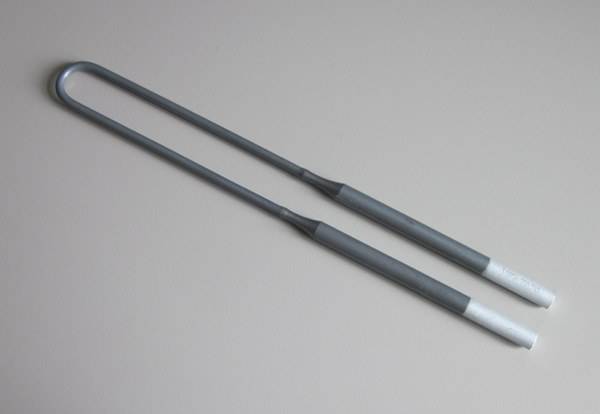
Silicon Molybdenum Rods (MoSi2):
- Thermal Radiation and Temperature Control: MoSi2 rods are renowned for their strong thermal radiation ability and precise temperature control, which is crucial for maintaining uniform heating in the furnace.
- Versatility in Form: They can be processed into various shapes such as rods, strips, plates, or U-shapes, providing flexibility in installation and usage.
- Cost-Effectiveness: Often considered an ideal choice for medium to high-temperature industrial electric furnaces and experimental electric furnaces due to their high cost performance.
- Oxidation Resistance: When hot, these rods exhibit strong oxidation resistance, contributing to their durability and effectiveness in high-temperature applications.
Both materials play a pivotal role in the sintering process, with their distinct advantages catering to different operational requirements and environmental conditions within the furnace.
Advantages and Disadvantages of Heating Elements
Every heating element comes with its own set of advantages and disadvantages, which are crucial to consider when selecting the right material for a sintering furnace. The choice of heating element can significantly impact the efficiency, durability, and overall performance of the furnace.
Advantages
- Versatility in Design: Heating elements are available in a variety of shapes and sizes, allowing for customization to fit specific furnace designs and requirements.
- High Operating Temperatures: These elements can reach the highest operating temperatures and watt loadings, making them ideal for demanding sintering processes.
- Stable Resistance: The resistance remains stable over time, enabling new and old elements to be connected in series without compromising performance.
- Thermal Cycling Capability: Fast thermal cycling is possible without causing degradation to the element, ensuring consistent performance over multiple cycles.
- Ease of Replacement: Elements can be relatively easy to change even while the furnace is hot, reducing downtime and maintenance efforts.
- Long Service Life: They boast the longest inherent life among all electric heating elements, providing a cost-effective solution in the long run.
Disadvantages
- Costly Power Control Equipment: The power control equipment required for these elements is more expensive than that for metallic elements, particularly due to the need for low voltage and high startup current, often necessitating the use of transformers.
- High Initial Cost: These elements are the most expensive of those considered, which can be a significant financial investment upfront.
- Risk of Ceramic Fracture: The ceramic material used in some elements carries a risk of fracture, which can lead to unexpected failures and additional maintenance costs.
As we move forward, the trend towards faster sintering cycles, characterized by rapid heating and cooling, is expected to become more prevalent. This shift will necessitate heating elements that can withstand and effectively manage these rapid thermal changes.
Future Trends in Sintering Zirconia
High-End Electronics and Remote Operation
In modern high-end firing furnaces, the integration of sophisticated electronics enables precise control over every aspect of the firing cycle. These advanced systems not only monitor and store critical parameters such as voltage and temperature but also ensure that each cycle is executed with unparalleled accuracy. The ability to remotely operate these furnaces further enhances their utility, allowing technicians to manage and troubleshoot processes from virtually anywhere.
This level of control is particularly beneficial in environments where immediate adjustments are necessary to maintain optimal firing conditions. For instance, if a deviation in temperature is detected, the system can automatically correct the setting or alert the operator to take action. This proactive approach minimizes the risk of substandard results and ensures that each firing cycle adheres to the highest standards of quality.
Moreover, the advanced support features integrated into these systems provide real-time data analysis and diagnostics. This not only aids in troubleshooting but also facilitates continuous improvement by identifying patterns and areas for optimization. The combination of remote operation and advanced support ensures that even complex sintering processes can be managed with ease and precision.
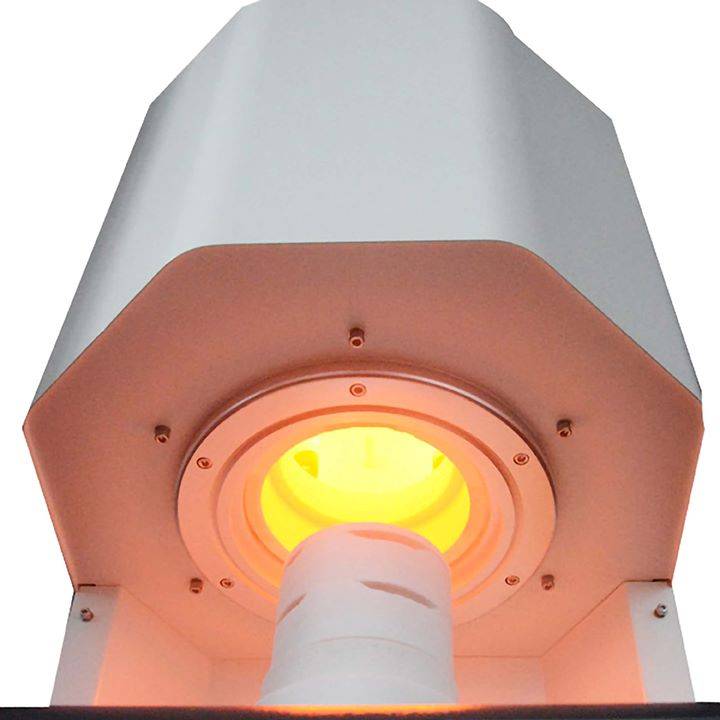
Reduced Sintering Time
The future of zirconia sintering is poised for a significant leap with the advent of sintering programs that drastically reduce the process time to two hours or less. This innovation is not just a minor improvement but a game-changer that leverages high speeds, elevated temperatures, and rapid cooling cycles.
High-speed sintering, often referred to as "flash sintering," involves subjecting the zirconia to intense heat and pressure in a fraction of the traditional time. This method not only accelerates the densification process but also minimizes energy consumption and operational costs. The key to achieving such rapid sintering lies in the precise control of temperature gradients and the optimization of furnace components, such as heating elements and thermocouples.
Moreover, the integration of advanced cooling systems ensures that the zirconia retains its structural integrity and desired material properties post-sintering. Fast cooling rates help to prevent grain growth and maintain fine microstructures, which are crucial for the mechanical strength and aesthetic appeal of dental restorations.
In summary, the reduction of sintering time to under two hours represents a transformative shift in the zirconia processing industry, promising enhanced efficiency, cost-effectiveness, and superior product quality.
Related Products
- Vacuum Dental Porcelain Sintering Furnace
- Vacuum Heat Treat and Pressure Sintering Furnace for High Temperature Applications
- Vacuum Heat Treat and Sintering Furnace with 9MPa Air Pressure
- Dental Porcelain Zirconia Sintering Ceramic Furnace Chairside with Transformer
- Controlled Nitrogen Inert Hydrogen Atmosphere Furnace








